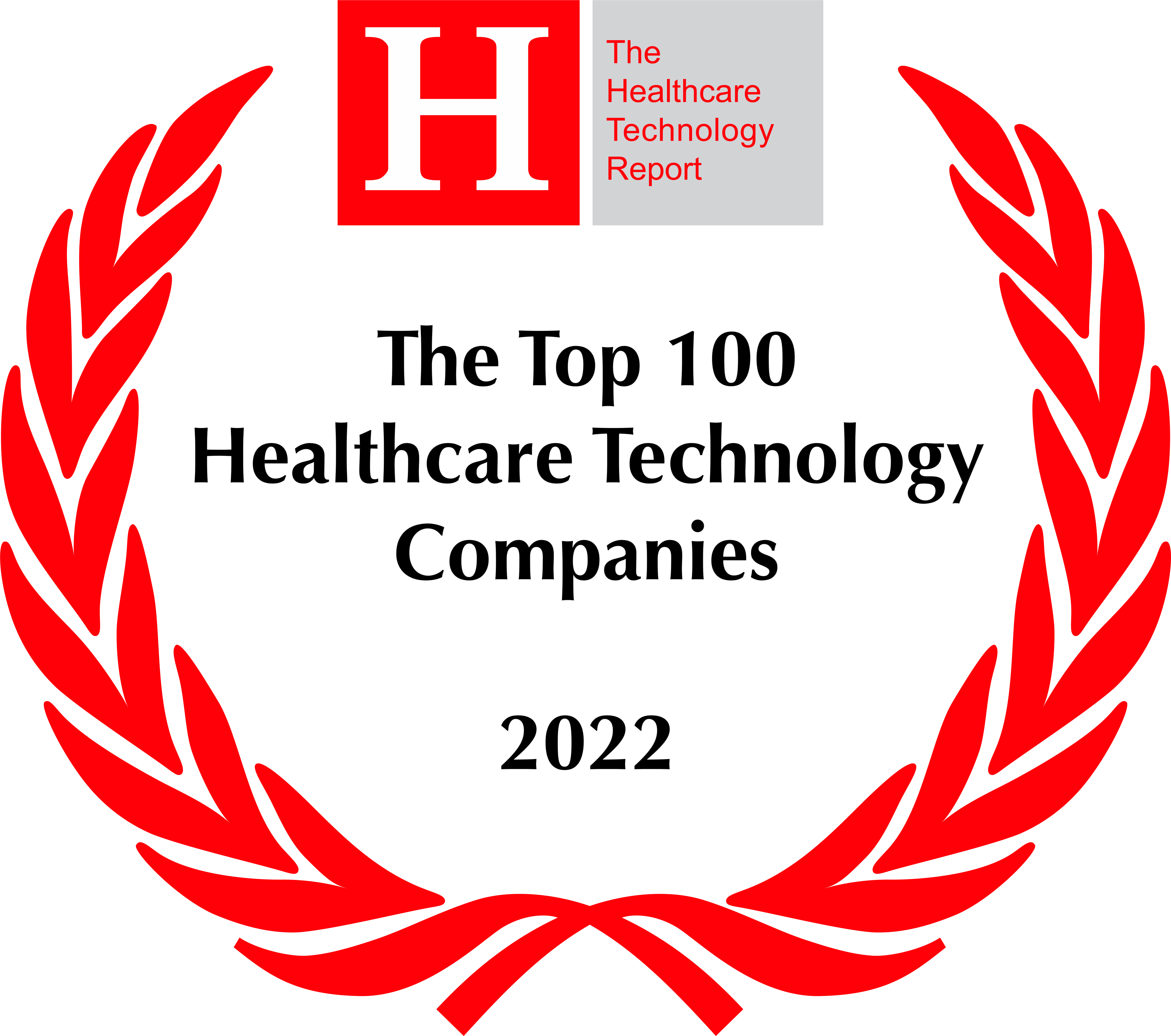From optimizing dose with biosimulation, to ensuring safety across populations, we’re making data-driven models the default in development.
Transforming drug development for good
Drug development must change today to meet the demands of speed, innovation, and efficiency essential for creating the drugs of tomorrow. Certara empowers this evolution with predictive simulation, data-driven modeling, and AI tailored for drug development — all guided by decades of expertise. Our vision is bold: to transform your development process to make your drug a reality.
Contact usView our solutions
Latest from Certara
Drug development needs a new model
Breakthroughs that transcend silos
We’re building one ecosystem that builds bridges from discovery to preclinical, translation to the clinic, and from the clinic to the market. A free flow of information helps researchers see further down the lane, making the new model a reality.
Build on today for tomorrow
Your insights today shape tomorrow’s breakthroughs. With real-time evidence and continuous learning, Certara empowers you to make transformative decisions.
Predictive, evidence-based solutions for every challenge
No matter your challenge, Certara delivers innovative solutions that help you make the next best decision. By connecting insights and data across phases, you can enhance collaboration and accelerate success.
Drug development solutions for every phase
From discovery, preclinical, early and late clinical, regulatory affairs, market access and commercial, Certara looks at the specific challenges you must overcome to reach your destination. We apply brain power, software and decades of experience to come up with a solution, just for you.
-
1 / 7RegulatoryStreamline submissions with confidenceAchieve standardized, compliant submissions efficiently with expert regulatory support. Simplify workflows, accelerate document creation, and ensure error-free submissions for a seamless, high-quality regulatory process across global markets.
-
2 / 7DiscoveryPredict the right design faster for small molecules and biologicsStart strong by mitigating risks and prioritizing the right compounds for development. Streamline your design-make-test-analyze cycle with our solutions for due diligence and competitive landscape assessment, target product profile (TPP) development, cheminformatics and biosimulation to make predictive, data-driven decisions that enhance efficiency and improve your chances of discovering breakthrough therapies.
-
3 / 7PreclinicalMove your candidate to INDDon’t leave anything to guesswork. Test your therapeutic strategies with the industry’s gold standard for in silico studies. Progress your in vitro and early in vivo studies into humans with the aid of biosimulation and regulatory strategies that build confidence in your therapeutic window assessment, nonclinical plans including CMC, toxicology, DMPK, and clinical pharmacology, biomarker and regulatory strategies, First-in-Human trial design, and IND support.
-
4 / 7Early ClinicalNavigate to your trial with decision powerWe empower you to find the optimal path from the deluge of nonclinical, pharmacokinetic, pharmacodynamic, and clinical data to design the best strategy for trial design dosing and real-time modeling for optimization. As your close partner, we streamline the journey from data to decisions, ensuring faster, informed submissions that increase confidence and efficiency in clinical development.
-
5 / 7Late ClinicalBetter trials by designFrom protocol to statistical programming, collect the right data, from the right populations, the first time around. Achieve data standardization before study design and robust analysis to support confident and compliant regulatory submissions. Justify your dosing decisions with advanced modeling. Inform your choice of outcomes with AI-empowered meta-analysis, validate data for accuracy, and streamline decision-making across all trial phases for optimal results.
-
6 / 7Market Access & CommercialMaximize value with evidence-based market strategiesAchieve your product’s full potential with effective pricing, reimbursement, and patient access strategies aligned to your target product profile. Leverage real-time, real-world, data-agnostic insights to strengthen your market positioning, secure optimal coverage, and ensure broad accessibility across markets. Engage payers and other stakeholders with interactive, evidence-driven stories. Demonstrate your therapy’s value with confidence and achieve success in reimbursement negotiations.
-
7 / 7Strategic LeadershipOptimize drug development with innovative, proven solutionsThe power to transform your pipeline is yours. We invite you to partner with us to pick the best path forward, offering innovative yet proven solutions that de-risk and prioritize your portfolio. With decades of expertise, we provide insights to identify your portfolio’s best bets, helping you make the next best decisions. From early-phase research to regulatory submission and beyond, we streamline, accelerate, and ensure accuracy and compliance at every stage.
Case studies: data-driven discovery, streamlined trials, professional submissions
View allWe’re a great company to work for
At Certara, we take great pride in attracting the best people and empowering them to do their best work. Are you one of us?



Transform your journey
Years of experience, and the trust in our solutions global health authorities, are within reach. Contact us today.
Send an Inquiry






